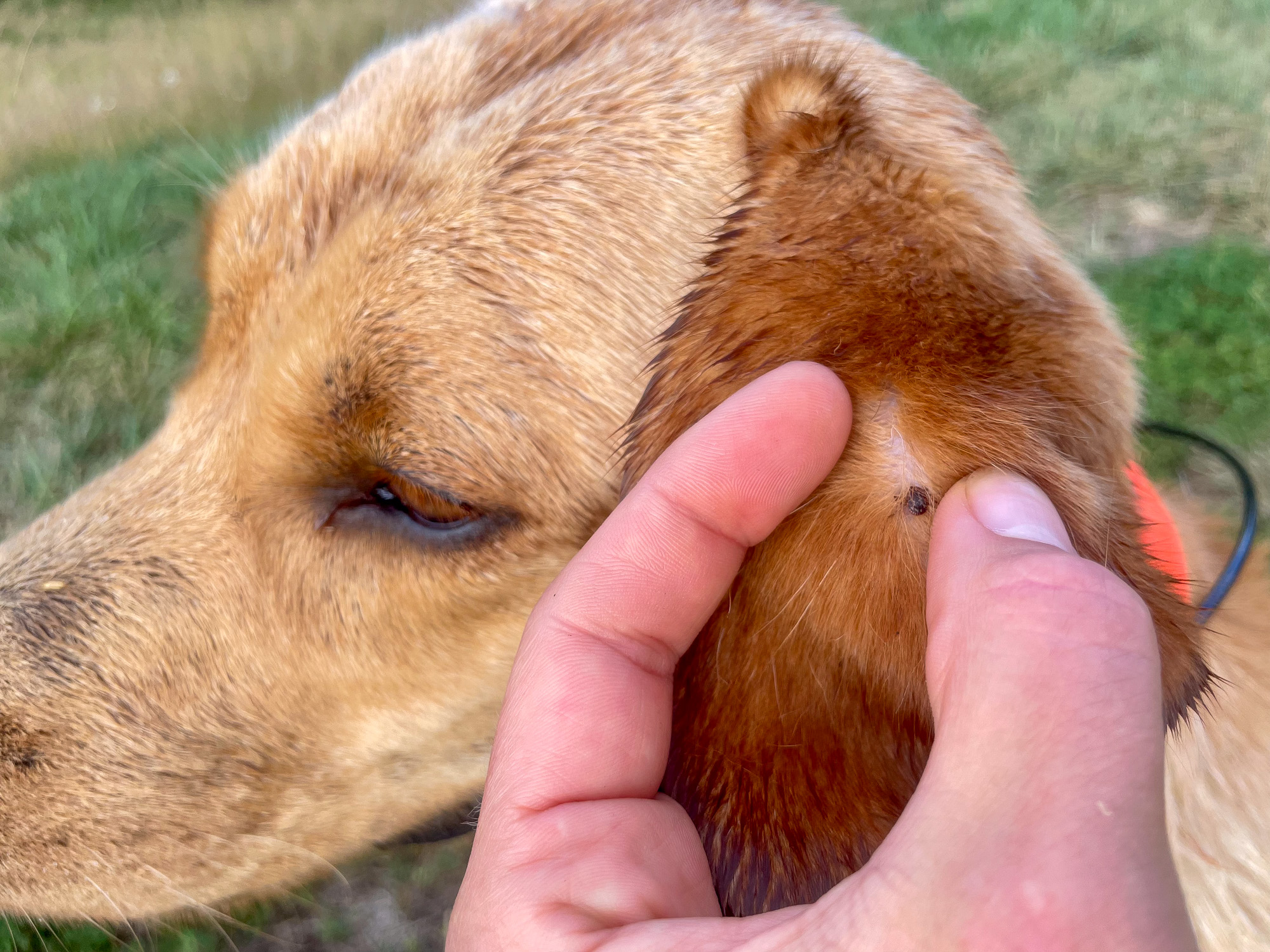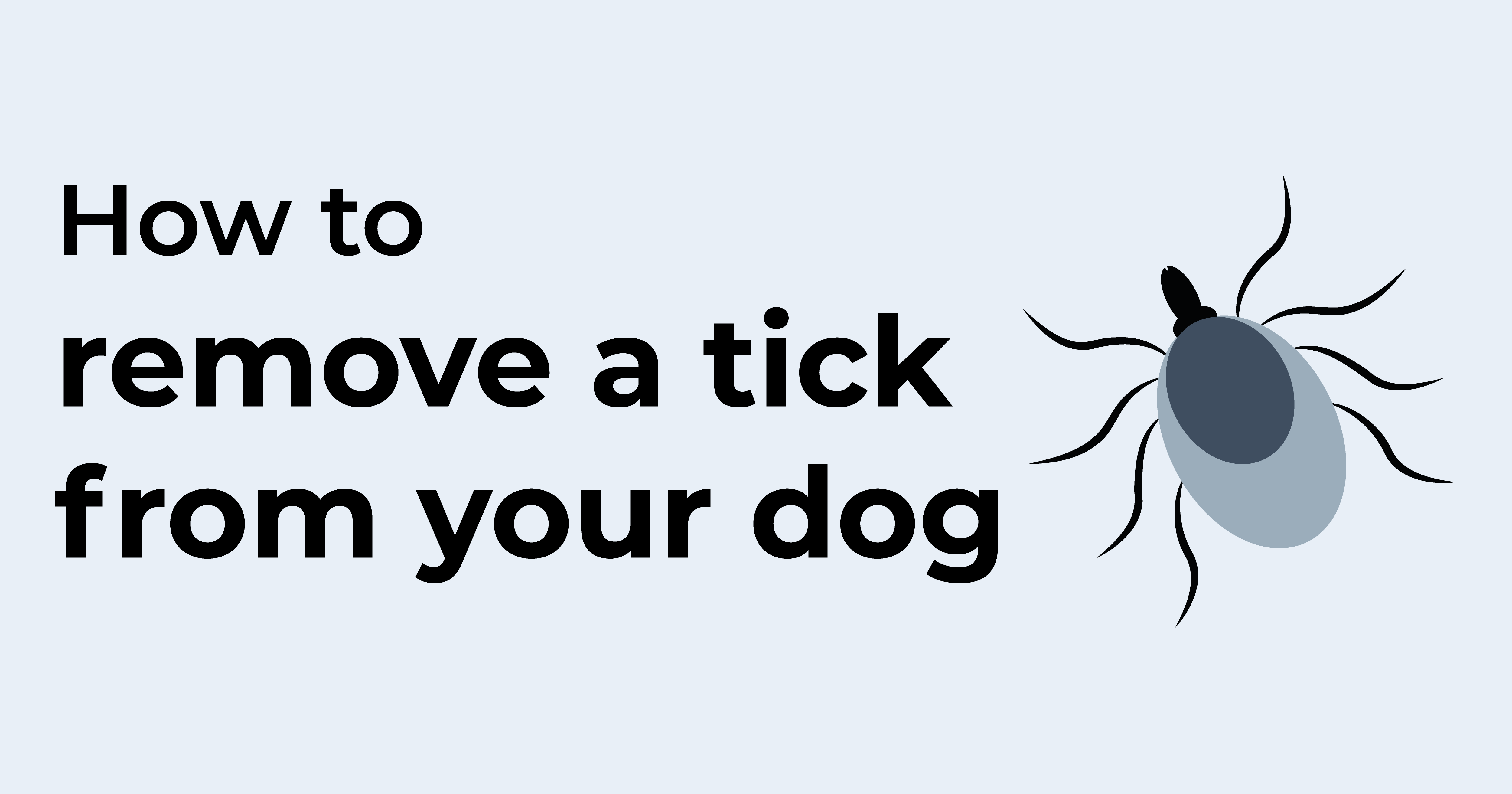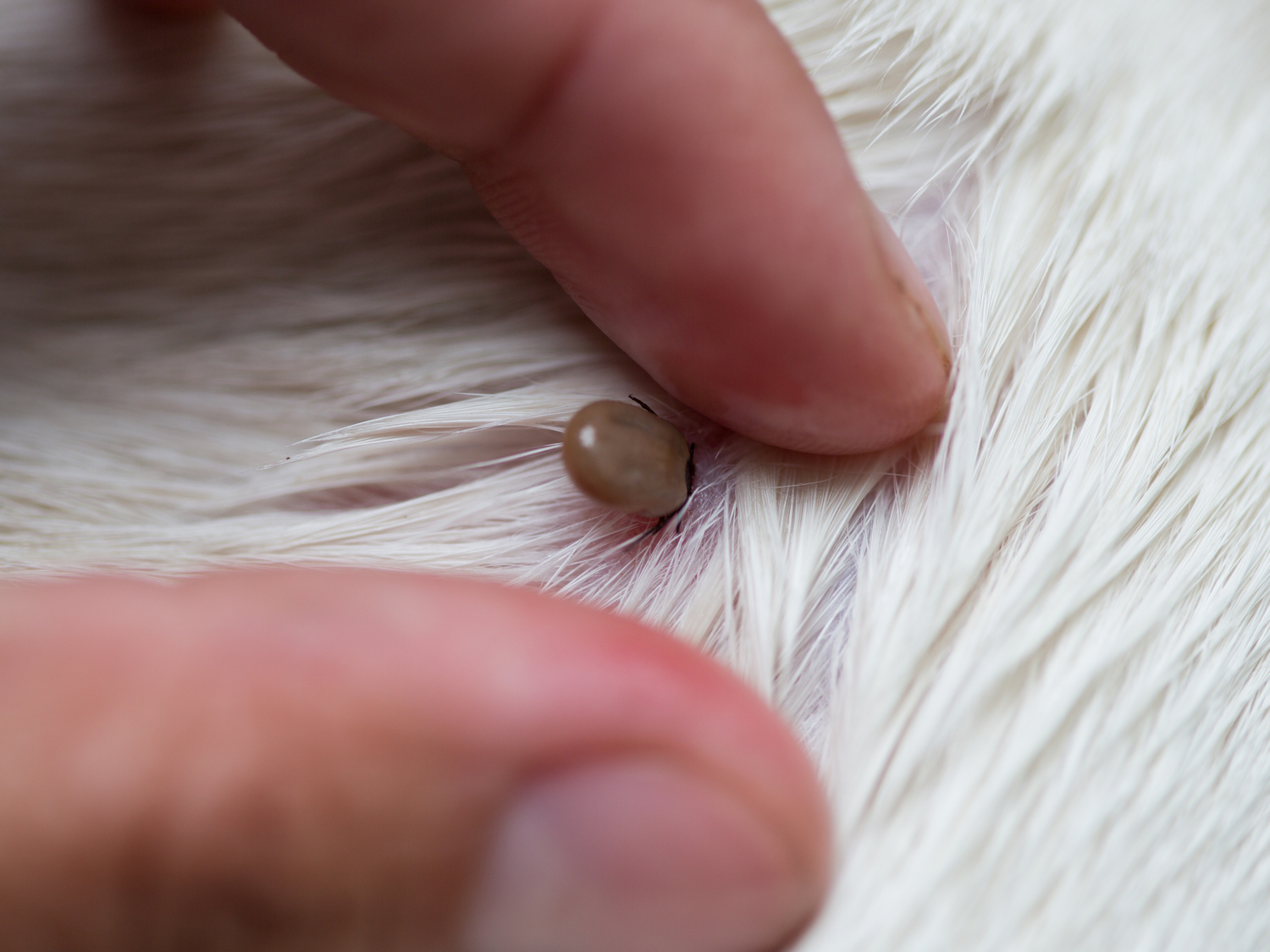Spotting a tick on your dog can send shivers down your spine, but don’t panic. Removing a tick is a straightforward task when you know the steps. Ticks can spread diseases such as Lyme, babesiosis, and ehrlichiosis, so acting fast is crucial. In this guide, we’ll walk you through the process of removing a tick from your dog, making sure you do it safely and properly.
Ticks aren’t just creepy; they pose serious health risks to your furry friend. If you’ve ever wondered how to remove a tick from a dog without causing harm, this guide is for you. We’ll break it down step by step so you can take care of your pet with confidence.
Before diving into the process, it’s important to gather the right tools. Tweezers, tick removal hooks, and even a jar for disposal are your best bets. Plus, you’ll want antiseptic wipes on hand to clean the area afterward. With the right preparation, you’ll be ready to protect your dog from these pesky parasites.
What Tools Do You Need to Remove a Tick from Your Dog?
First things first, you’ll need the right tools to get the job done properly. While there are plenty of commercial tick removal tools available, tweezers or a simple tick removal hook can do the trick just as well. Make sure the tweezers are fine-tipped so you can grab the tick as close to the skin as possible. You’ll also want a jar or container to store the tick in after removal, in case your vet needs to examine it later.
How to Identify a Tick on Your Dog?
Before you start the removal process, it’s helpful to know what you’re dealing with. Ticks are generally small and brown, with a hard oval body and eight legs. When they latch onto your dog’s skin, they can look like a skin tag or a bump. Carefully part your dog’s fur to get a clear view of the tick. This step is important because you don’t want to mistake a skin tag for a tick.
Should You Use Your Fingers to Remove a Tick from Your Dog?
Using your fingers might seem like the easiest option, but it’s not the safest. Touching the tick with your bare hands increases the risk of squeezing it, which could cause it to regurgitate into your dog’s bloodstream. Instead, stick to using tweezers or a tick removal tool. These tools allow you to grasp the tick firmly without risking contamination.
How to Remove a Tick from a Dog Using Tweezers?
Once you’ve identified the tick, it’s time to remove it. Start by grabbing the tick as close to your dog’s skin as possible with the tweezers. Pull it out in a steady, upward motion. Avoid twisting or jerking your hand, as this could leave the tick’s head embedded in your dog’s skin. If the tick doesn’t come out easily, don’t force it. Sometimes, having someone hold your dog securely can make the process smoother.
Is There Another Way to Remove a Tick from Your Dog?
While tweezers are a popular choice, there are other methods you can try. For instance, you can use a credit card with a small V-cut into the edge to gently scrape the tick off your dog’s skin. Another option is dental floss, which can help you gently wiggle the tick free. If you’re feeling adventurous, you can heat a needle and place it near the tick’s head to encourage it to dislodge itself. However, these methods might not be as effective as using tweezers or a tick removal tool.
What Should You Do After Removing a Tick from Your Dog?
After successfully removing the tick, inspect it closely to ensure all its parts are intact. If any part of the tick remains in your dog’s skin, it could cause an infection. Once you’re satisfied that the tick is completely removed, place it in a jar or container. You can then dispose of it safely, either by flushing it down the toilet or sealing it in a plastic bag before throwing it away. Cleaning the bite site with an antiseptic wipe is the final step to prevent infection.
Why Is It Important to Remove a Tick Quickly?
Ticks can transmit diseases to your dog within 24 hours of biting, so acting fast is essential. If you notice a tick on your dog, don’t delay in removing it. The quicker you remove the tick, the lower the risk of transmitting diseases like Lyme. Keep in mind that ticks are more active during certain seasons, so regular checks are a must, especially if your dog spends a lot of time outdoors.
What Are Some Common Mistakes People Make When Removing Ticks?
One common mistake is pulling, crushing, or squeezing the tick. This can cause the tick to release harmful bacteria into your dog’s bloodstream. Another mistake is using your fingers instead of the proper tools. This can increase the risk of contamination. Lastly, not cleaning the bite site after removal can lead to infections. So, always follow the recommended steps to ensure your dog’s safety.
Can You Prevent Ticks from Biting Your Dog?
Prevention is always better than cure. Regularly check your dog for ticks, especially after walks in wooded or grassy areas. You can also invest in tick prevention products, such as collars, sprays, or topical treatments. Consulting with your veterinarian can help you choose the best prevention method for your dog’s needs. Remember, even with prevention, regular checks are necessary because no method is 100% foolproof.
Table of Contents
- What Tools Do You Need to Remove a Tick from Your Dog?
- How to Identify a Tick on Your Dog?
- Should You Use Your Fingers to Remove a Tick from Your Dog?
- How to Remove a Tick from a Dog Using Tweezers?
- Is There Another Way to Remove a Tick from Your Dog?
- What Should You Do After Removing a Tick from Your Dog?
- Why Is It Important to Remove a Tick Quickly?
- What Are Some Common Mistakes People Make When Removing Ticks?
- Can You Prevent Ticks from Biting Your Dog?
Final Thoughts on How to Remove a Tick from a Dog
Removing a tick from your dog doesn’t have to be a daunting task. With the right tools and a bit of preparation, you can protect your furry friend from the harmful effects of tick-borne diseases. Remember, the key is to act quickly and correctly. Regular checks, proper removal techniques, and prevention measures can go a long way in keeping your dog healthy and happy.
So, the next time you spot a tick on your dog, don’t panic. Follow these steps, and you’ll have it removed in no time. Your dog will thank you for it, and you’ll feel confident knowing you’ve done everything to keep them safe from harm.



Detail Author:
- Name : Geoffrey Howe I
- Username : mosciski.yvette
- Email : udubuque@gmail.com
- Birthdate : 1988-05-08
- Address : 954 Lehner Stream Herminioside, CO 32403
- Phone : 380.399.9639
- Company : Brekke Inc
- Job : Musician OR Singer
- Bio : Molestiae quo accusamus voluptatem recusandae sed. Rerum similique necessitatibus omnis voluptatem.
Socials
twitter:
- url : https://twitter.com/arnoldo.blick
- username : arnoldo.blick
- bio : Tempora impedit repudiandae sunt vel sit laborum. Dolorem id fugit rem blanditiis. Ea excepturi voluptas non unde omnis iusto neque. Quos qui ad nam cum sit.
- followers : 1089
- following : 152
tiktok:
- url : https://tiktok.com/@blick1980
- username : blick1980
- bio : Qui iure quisquam nobis autem id. Aperiam eum suscipit sit est nihil esse iure.
- followers : 504
- following : 1938
linkedin:
- url : https://linkedin.com/in/arnoldo_blick
- username : arnoldo_blick
- bio : Rerum et dolorem ea facilis eum corporis qui.
- followers : 6964
- following : 2656
instagram:
- url : https://instagram.com/arnoldo_xx
- username : arnoldo_xx
- bio : Et et optio sit. Repellat sed pariatur aspernatur sunt. Qui et quisquam vitae quisquam ipsa.
- followers : 2014
- following : 246